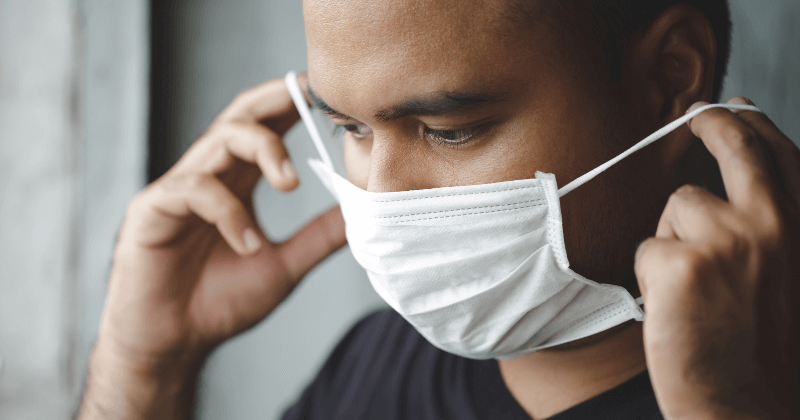How the Pandemic Amplified Longstanding Disparities for Immigrant Workers

[Editor’s note: The economic devastation to immigrant workers during the pandemic has roots in the structural racism they face, particularly in the workplace. This short blog series will explore a timeline on the pandemic and the chain of dominos that would disproportionately harm BIPOC, low-income and/or migrant communities.]
The pandemic revealed many weaknesses in the US economy, but these weaknesses are longstanding compared to the time frame of the pandemic. “Essential workers,” a new class of workers defined by the pandemic, have always been essential to our economy – and have always been exploited. Immigrant farm and food workers and processors, nurses, and customer-facing workers are key to the basic functioning of society, but the inequities they faced during the pandemic are a result of longstanding and deeply ingrained policy and economic realities.
Immigrant workers make up a large percentage of the workforce for low-paying industries, including food and farm work, childcare, domestic labor, construction, landscaping, and leisure and hospitality. Immigrant workers in these industries often are paid less than their white counterparts. Latinas in particular have the lowest earnings of any major race or ethnicity and gender group.
Immigrant families in general have far less saved than US-born families. Housing insecurity, wage gaps, and the minimal opportunities provided to immigrant families may be part of the cause of fewer savings. The result, in the context of the pandemic, however, is deadly, as those workers had less flexibility to take time off or find alternative work arrangements to avoid exposure. While all people in the US – regardless of race, ethnicity, social status, or class -- were affected by the pandemic, those pushed into or stuck in poverty due to structural racism and economic disparities were more likely to suffer by the time the first COVID case was confirmed in the United States.

On top of the crisis of savings, many immigrant families also encountered housing disparities. An estimated 45% of Latinx renters were housing insecure before the start of the pandemic. Immigrants in particular “are more likely to dedicate a higher proportion of their income to housing costs.” This difference in status makes immigrant, Latinx families uniquely vulnerable in times of economic crisis according to a 2021 study.
Rent disparity is only one factor as well, with many immigrant workers living in overcrowded housing. “Immigrants are four times as likely as [US-born] workers to live in overcrowded housing,” a dynamic that makes them particularly vulnerable to COVID-19. Industries with a high percentage of migrant workers, such as farm work and protein processing, have significant percentages of their workers living in overcrowded housing as well, 76% and 68%, respectively.
A lack of reliable housing and a person’s health may be connected, as high housing costs can create structural inequities. Low-cost housing is often located in more dangerous communities, with higher exposure to air and water pollution, lead, and allergens. These housing-related health risks set residents up for poorer health during the pandemic, as well as increased vulnerability to the virus. H-2A worker housing, for example, was not prepared for a pandemic. The US Department of Labor specifies that employers must provide housing at no cost to H-2A workers, yet that housing is often unsafe and unhealthy. In a study looking at H-2A housing in North Carolina, all camps had at least one exterior housing problem and 93% had at least one interior problem. H-2A housing may be overcrowded, poorly insulated, and/or ridden with mold associated with respiratory diseases. This is the perfect environment for a virus like COVID-19 to thrive.
Finally, BIPOC workers lack job-based health insurance. Low-wage, Latinx, and non-citizen workers have the lowest rate of insurance coverage. Without insurance and savings, those who got sick and developed more serious symptoms were likely to end up with significant medical debt. Others may have died at home for fear of burdening their families with medical debt. Some families struggled with funeral expenses.
All of these compounding and cascading disadvantages stack up. These workers’ living conditions; their financial status entering the pandemic; and their low-wage jobs that lack protections and stability created a dangerous situation where immigrant workers faced an economic crisis unlike that of US-born workers. In the rest of this blog series, we will explore the continuing crises of the pandemic and the ways that migrants and immigrants continued to face disadvantage after disadvantage in our economy due to their status.
- Log in to post comments
